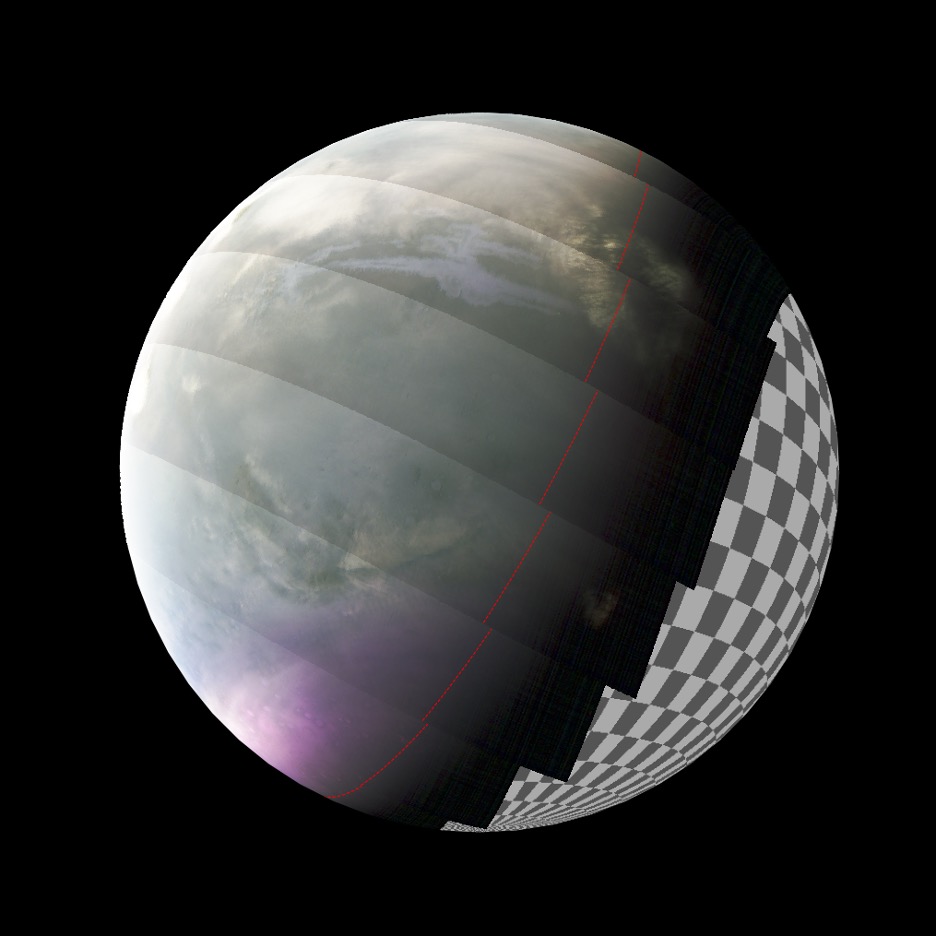Alan Llavore | Office of Marketing and Communications | (909) 537-5007 | allavore@csusb.edu

Cal State San Bernardino’s College of Natural Sciences is participating in NASA’s latest citizen science initiative, Cloudspotting on Mars: Shapes. This innovative project invites the public to participate in analyzing images of the Martian atmosphere to identify unique cloud formations. By classifying these cloud types, participants will help researchers better understand the availability of water vapor, wind patterns, and the factors influencing Mars’s daily weather patterns.
The project will have a substantial impact on the CSUSB community, the broader California State University system, and the local region by providing an accessible platform for students and community members to engage in high-impact research.
This collaboration offers a unique opportunity for participants to gain hands-on experience, analyze real-world data, and be part of a global community of Mars enthusiasts and researchers. Such involvement underscores CSUSB’s commitment to inclusive research opportunities, promoting student engagement, skill development and retention through experiential learning.

“Science is collaborative, science is impactful, and science is fun! At CSUSB, we are committed to fostering a culture of scientific curiosity and exploration,” said Sastry G. Pantula, dean for the College of Natural Sciences. “Cloudspotting on Mars: Shapes aligns perfectly with our mission to provide students with experiential learning opportunities that inspire innovation. Through this project, our students and community members can contribute to NASA's mission, enhancing their data analysis skills while making a difference in space research.”
Matteo Crismani, assistant professor of physics and astronomy, echoed Pantula’s sentiment and shared the benefits the initative provides students.
“I believe this is a project that CNS students should be aware of because it provides a no-cost, direct way to contribute to NASA science,” said Crismani. “It helps students experience scientific research in a meaningful way, which is crucial for those who might not have had exposure to research opportunities before.”
In 2014, NASA’s MAVEN (Mars Atmosphere and Volatile EvolutioN) spacecraft entered orbit around Mars, beginning its ongoing exploration of the red planet’s upper atmosphere. The mission has produced a wealth of data about how Mars’ atmosphere responds to the sun and solar wind, as well as how these interactions can explain the loss of the Martian atmosphere to space. Today, MAVEN continues to make exciting new discoveries about Mars.
The significance of this project goes beyond cloud identification. By collecting data on various cloud types, citizen scientists contribute to the study of Martian climate dynamics and seasonal variations. This research is critical for expanding our knowledge of present-day atmospheric conditions on Mars — insights that are essential for understanding the historical climate of Mars and its evolution.
Cloudspotting on Mars: Shapes launched on Oct. 29 and is open to the public, with no sign-up deadline. Interested participants can contribute to the project at any time by visiting the Zoonverse website and searching for the project by name.
For more information, contact Crismani at matteo.crismani@csusb.edu.